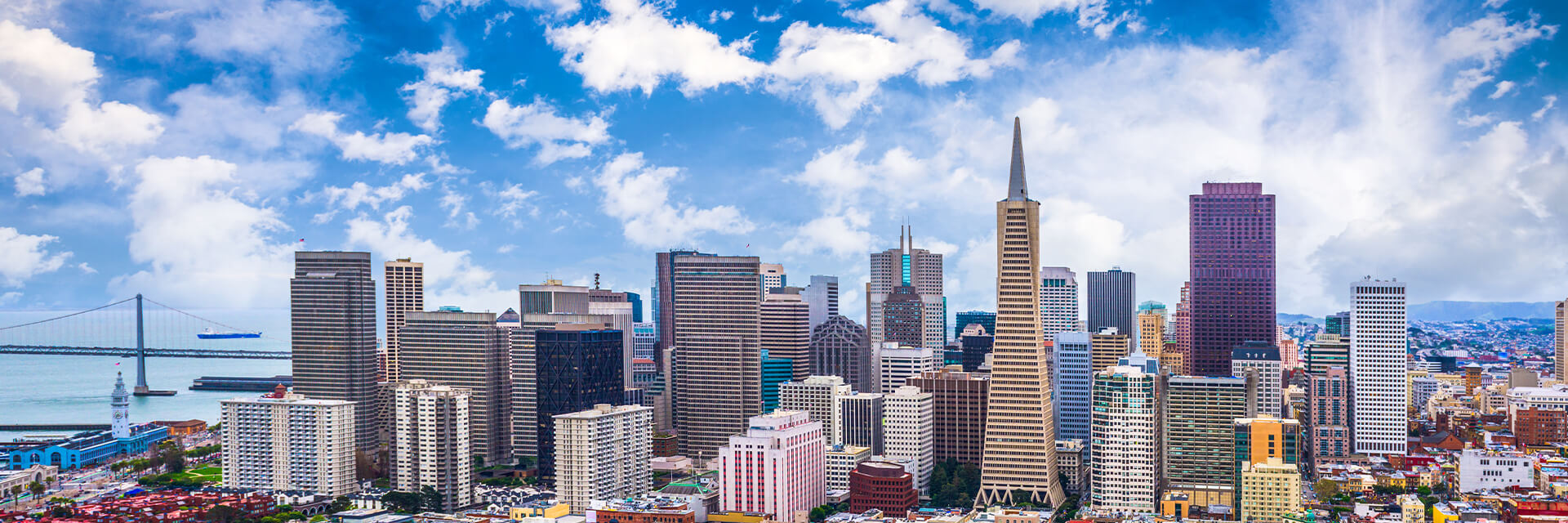
The Future of Retail in a COVID-19 World
- Published
- May 28, 2020
- Topics
- Share
At the recent quarterly Real Estate Principals Series, “How Do We Reopen the Economy?” hosted virtually at EisnerAmper’s San Francisco office, we discussed the devastating impact that the COVID-19 pandemic has had on U.S. retailers and attempted to forecast what will happen next. Speakers included Michael Morris, Director from EisnerAmper, moderator; and Garrick Brown, Vice President of Retail Research from Cushman & Wakefield.
How did we get here?
Social distancing and shelter-in-place safety measures became the norm in communities across the country in an effort to flatten the curve and reduce the risk posed by COVID-19 of overwhelming the health care system. The decisions made by both state and city governmental officials regarding what makes a business essential (e.g., supermarkets, pharmacies, gas stations, banks) versus non-essential (e.g., restaurants, shopping malls, theaters, health clubs) shut down large segments of the U.S. economy.
By mid-March, nearly $9.6 trillion of stockholder wealth was lost, although the U.S. unemployment rate was still at a record low of 3.5%. In an effort to prevent a major recession as a result of this global pandemic, the U.S. government passed the CARES Act on March 27, which generated an economic relief package of more than $2 trillion. In the month after the CARES Act legislation went into effect, investor optimism has grown as the stock market has slowly rebounded. (As of mid-May, stockholder losses from the beginning of the year stood at $3.5 trillion.) However, the U.S. unemployment rate shot up to 14.7% and is expected to climb well above the 20% rate when May numbers are released.
Where are we headed?
There is a strong likelihood that unemployment rates will significantly impact consumer spending, which makes up nearly 70% of U.S. GDP. Merging chaotic economic times with the vast uncertainties of a novel virus and a global initiative to slow its spread has caused consumer focus to shift from luxuries to necessities. Shopping at brick-and-mortar stores has transitioned to e-commerce to mitigate health and safety risks. As a result, the U.S. is likely to lose 30% of small businesses through a massive surge of bankruptcies, strategic closures, and mergers and acquisitions. Despite tenants, property owners and lenders in the physical retail space working together to find ways to avoid both evictions and defaults, a substantial retail rent reset could see rents collapsing by 15% to 50% or more. Furthermore, the annualized U.S. GDP in Q2 2020 is projected to have the largest percentage decrease, when compared to the previous quarter, since the 2008 housing crisis.
What to expect in a post-COVID-19 world?
E-commerce retail has been averaging an annual growth of 15% since 2010. There is a strong belief that these numbers will double in 2020 as consumers change the way they shop. Retailers will need to adapt to these changes by investing heavily in e-commerce infrastructure in order to meet rising consumer demand. Brick-and-mortar stores will remain the primary shopping outlet for consumers, as they made up 85% of all retail sales prior to the COVID-19 crisis. However, we may see a large shift in the composition of physical retailers throughout the upcoming years as consumers focus on value-oriented shopping. Additionally, as physical store closures in 2020 are now projected to eclipse record figures from 2019, the retailers that survive will have to adjust to a changing landscape. Adapting current business practices to include curbside pick-up as well as investing in contactless checkout and various delivery options will be critical.
A substantial number of restaurant owners have attempted to make up for lost revenue from suspended dine-in services by partnering with delivery app services. Restaurant app delivery services have reported between 15% and 30% growth in customer orders. However, as average margins for restaurants range between 8% and 15%, this new partnership may not be sustainable due to high app fees—as much as 15% to 30% per order—cutting into profits. In the long run, restaurants that have the infrastructure to provide takeout, delivery, curbside pickup and drive-thru will have the greatest chance of survival.
From a real estate standpoint, urbanization will continue to trend upward in metropolitan areas that are less densely populated with a lower cost of living. There will be a shift in the commercial rental market with tenants favoring suburban low rises over congested high-rise office buildings because of continued social distancing measures and safe practice guidelines.
Retail innovations will begin to surface across many sectors because of the need to adapt to a post COVID-19 world. Theaters are beginning to offer impromptu drive-in movie-going experiences in vacant parking lots. Security robots could be used to dispense gloves and masks to incoming store patrons. Apparel manufacturers, like Nike, are using 3D printers at retail locations to enable their customers to customize merchandise in real time—a good hedge against supply chain disruptions. Health clubs have created reservation systems to control member volume throughout the day to allow staff to sanitize their facilities. These are just a few examples of the ripple effects to revive a struggling economy in a changing landscape.
The COVID-19 pandemic has created massive health and economic challenges. Experts from the medical community have estimated that it could take up to two years before a COVID-19 vaccine is available globally. As a result, the economic fallout may take considerably longer to repair. While we are facing this seemingly uphill battle, we remain hopeful in our continued ability to adapt to the only constant there is: change.
What's on Your Mind?
Start a conversation with Daniel
Receive the latest business insights, analysis, and perspectives from EisnerAmper professionals.












